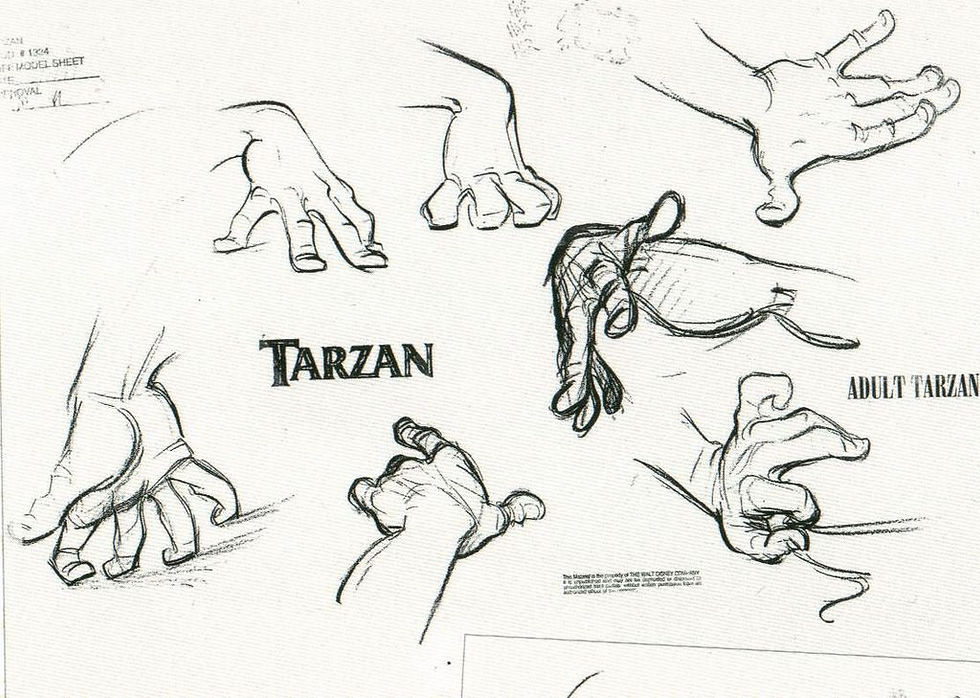Acting with Eye Darts
- Animation Archive
- Apr 5, 2018
- 2 min read
Eye darts are a very powerful acting tool, and when used in combination with blinks, you can create very believable and interesting characters.

Eye darts serve essentially the same purpose as blinks, that is, to convey a character's emotions or thought process. Scared or nervous people might have a lot more eye darts than someone who is calm. You can also use eye darts for showing a shift in the character's focus. For example, when having a conversation with someone, people will often look from one eye to the other of the person they're speaking with. However, be wary of overusing eye darts, and make sure to have a reason for them.
Animating Eye Darts
Eye darts should never move slowly or drift into the next key. They are always very fast movements, typically only 2-3 frames. They should also have a snappy quality, which comes from the spacing. There should either be a heavy ease out of the first key or ease into the second key. I've also seen some people use stepped mode for their spacing, making the movement happen over one frame.
When animating an eye dart, the lids should also react to the eyes, especially if the iris touches the lid. The movement will also be linear. (This is the one thing in animation that doesn't follow the principle of arcs.) If you want to add a special touch, you can also squash/stretch the iris in the direction of the movement, if you're using a cartoony character.
If you want to see this in action, check out this animation tutorial:
https://youtu.be/V78_zYq4V6A?list=PL6FNZBnGXwGvybysstMN8xXTvyWPZ-u2e&t=497
That's about all there is to eye darts! It's a pretty simple concept, but if used in the right way, it can create some amazing acting. Just remember that there should always be a reason for the eye dart, whether that's conveying an emotion, a thought process, or a shift in focus.





Comments